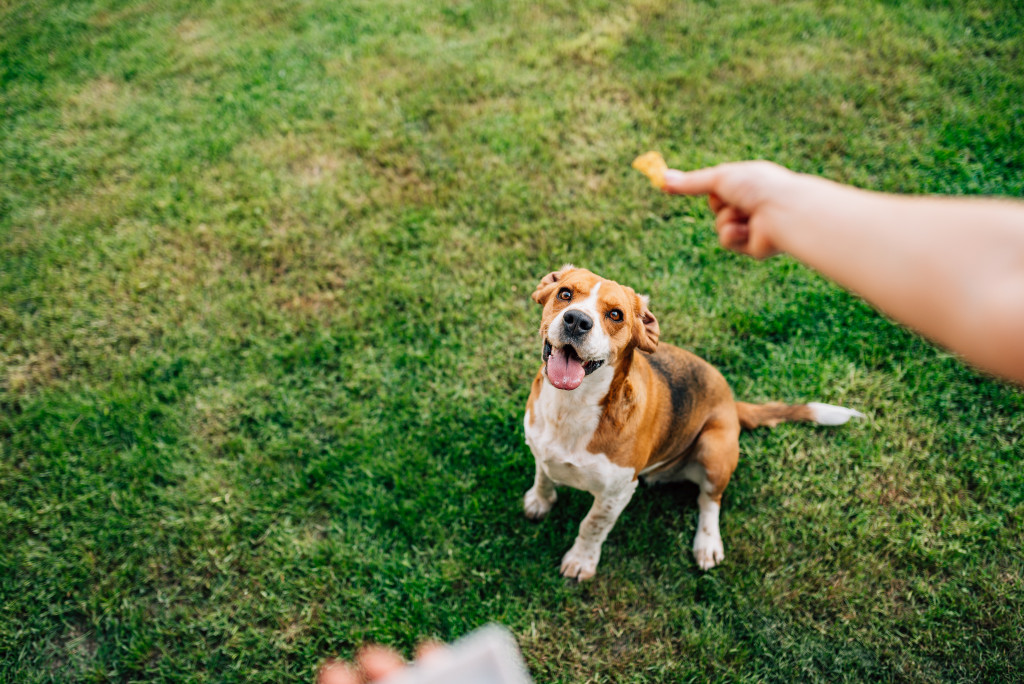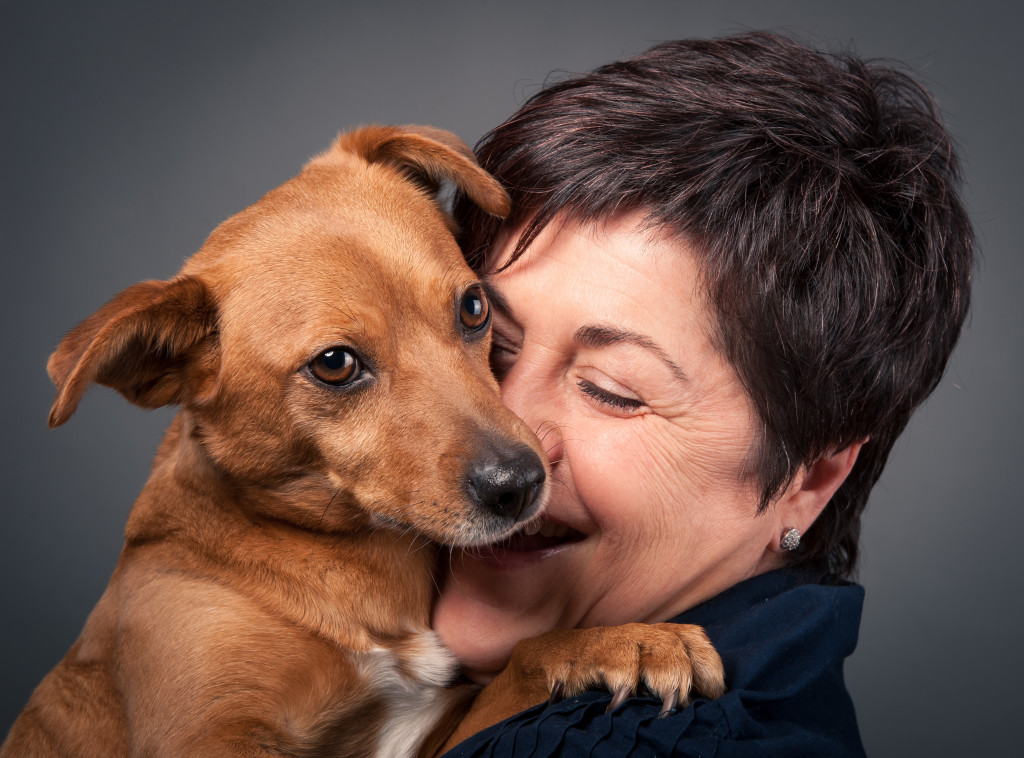Having a pet can be a lot of work, but it’s also very enjoyable and comforting to have an extra member of the family at home. Of course, you’ll have to feed, bathe, and take care of your pet once you get or adopt one, but it’s all in the hard day’s work. Besides, it can be fun to see your pet playing with your kids as you lounge under the outdoor sun shades on your patio.
This way, you get to spend more time in nature and bond with your family (including the dog) without having to expose yourself directly to the sun. However, before you skip ahead to the fun parts of being a fur-parent, you’ll have to house train your dog first. Here are five tips that may help you do just that:
Tip #1: Take frequent walks
Puppies need a lot of time outdoors, where they can freely walk about and eliminate if they have to, especially during the first few months of house training. If you can, take your puppy on frequent walks, preferably every after they wake up, play, eat, or drink, as this will help it establish a bathroom routine.
Plus, it can be helpful to your pet to have a bathroom spot outside. If you’re doing it in your backyard, you could pick a spot and bring it to the same spot every time your pet has to go. This way, you’ll be reinforcing the bathroom routine and helping your pet remember the rules when it has to go.
Tip #2: Set a regular feeding schedule
Dogs can be house trained faster if they follow a schedule because it allows them to distinguish the differences between eating, going to the bathroom, playing, and sleeping. So, make sure to feed your dog on a regular schedule, preferably at the same time that you eat your meals twice or thrice a day.
If the dog eats on a set schedule every day, there’s a higher chance that it will go to the bathroom on schedule as well. This makes house training for the both of you since you won’t have to bank on the uncertainties of whether the dog is hungry or if it needs to go to the bathroom when you’re already asleep.
Tip #3: Give treats and praises
Unlike on children, the reward and punishment system works on dogs. For instance, every time your dog goes outside to poop or pee, you can reward it with a treat and give it praises for a job well done. Or, if you’re teaching it any tricks, you can offer it a treat if it successfully achieves the trick.
This way, your dog can learn that what you’re teaching is something you expect from it. Without the treats or praises, it can be harder for your dog to understand what it should and shouldn’t be doing, especially since it won’t be able to understand what you’re saying. But teaching it a few words can be helpful for your house training.

Tip #4: Be prepared for any accidents
It can take a while for a dog to be house trained, which is why you have to be patient and trust in the process. In the beginning, it might not seem like you’re making much progress, but over time, you’ll realize that all your hard work will be worth it. So, don’t give up too easily because this is achievable.
Most puppies will take anywhere from four to six months to be fully house trained, but some may take even longer than that. During this time, they’ll be learning how to control their bladders and bowel movements so that there won’t be any accidents. But until that time comes, you’ll have to be prepared to clean up after your pet throughout the house.
Tip #5: Consider crate training
In some situations, putting your pet in a crate can be a good idea to enforce behaviors. But you have to ensure that the crate or kennel you buy for it is large enough that it can move around, stand, turn, and lie down in its own space. However, you should also ensure that it’s not big enough to turn into a bathroom.
Since the crate will be your dog’s safe space, your dog mustn’t be wearing a collar or a leash when inside it. You can also place a dog bed or towels to make it more comfortable, but that will still depend on whether your dog prefers it over the hard surface. So, be patient and do trial-and-error during the house training process.
House training a dog or puppy might be a handful, but it’s well worth all your efforts in the end. This is because if you can successfully train your pet to eat, sleep, play, and go to the bathroom at specific times, then you won’t have trouble taking care of them moving forward. That’s why you should follow these tips and hope for success.





